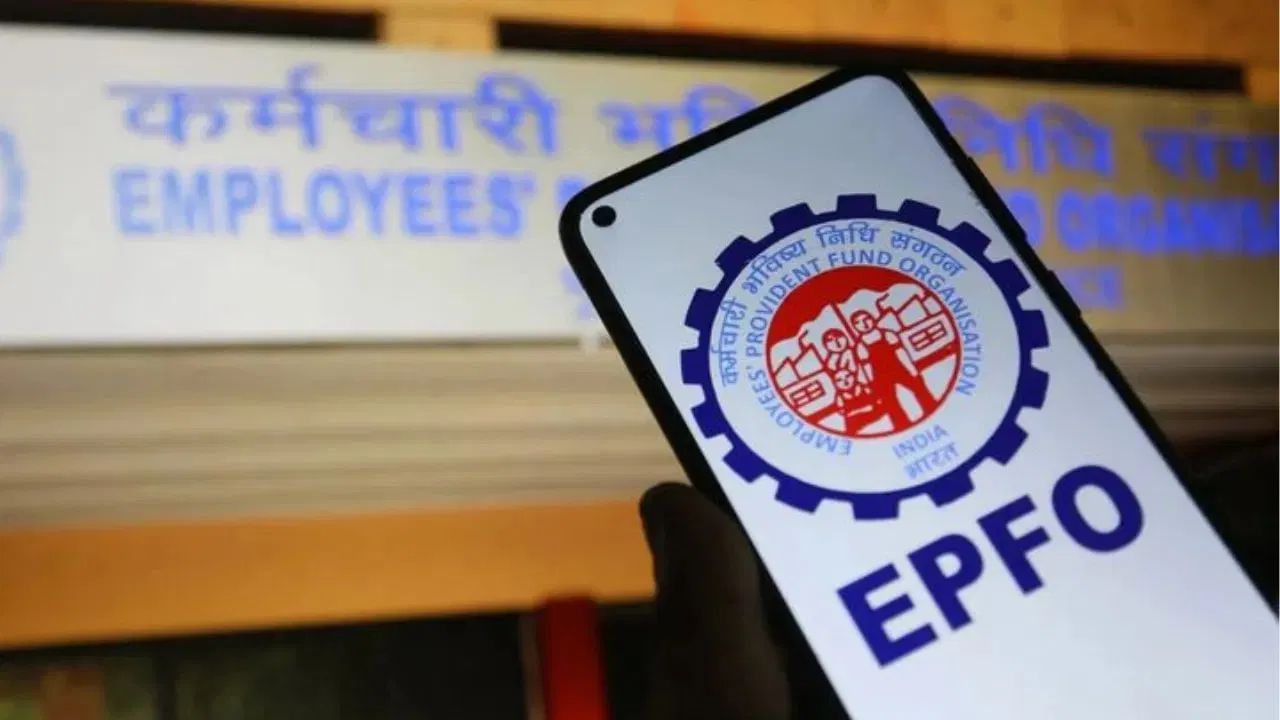Staff provident fund
Every year the Employees Provident Fund (EPF) account holders eagerly wait for the interest credit to their account, but the EPFO often delays in adding interest, which causes difficulties about tax many times.
If you have deposited more than 2.5 lakh rupees (Rs 5 lakh for government employees) in EPF in a year, then tax deduction (TDS) is levied on the interest received on this additional amount. If your EPF account is connected to PAN, then the rate of TDS is 10%. If PAN does not have a link, the rate of TDS will be 20%. On the other hand, if taxable interest is less than 5,000, then TDS will not be deducted.
Why is there confusion about tax?
When EPFO does not put interest in the account on time, it becomes difficult to understand in which financial year it should be shown and tax. Although the EPF passbook shows that the interest has been deposited by 31 March, but in reality this credit occurs next year. For example, the interest of FY25 (2024–25) did not come until March 2025. The government fixed the interest rate on this in May 2025 and some people got this interest in FY26 (2025-26).
According to CA Ashish Karundia, if the interest is credited in FY26, then the TDS will also take the same year and this form will be seen in 26AS and AIS. In such a situation, if you pay tax in FY25 itself, then due to lack of data in FY26, notice can come from the tax department.
He said, there is an option to give feedback in AIS that this TDS is of last year’s interest and tax has already been paid. But EPFO usually does not update its TDS return, which can lead to Missamach in ITR and AIS/26AS.
What to do?
Tax experts say that tax on interest should be done when it has come to the account, that is when the EPFO credited it and deducted the TDS. This means that if you have received the interest of FY25 in FY26, then its tax should not be done this year, but all next year. This will not cause confusion between the tax department and the EPFO, and problems like notice can also be avoided.
EPF interest is easy and safe to show interest on credit basis, rather than that you should show it when it was recorded in the passbook. Also, EPFO should also declare and credit the interest rate in the same year, so that there is no tax confusion.
